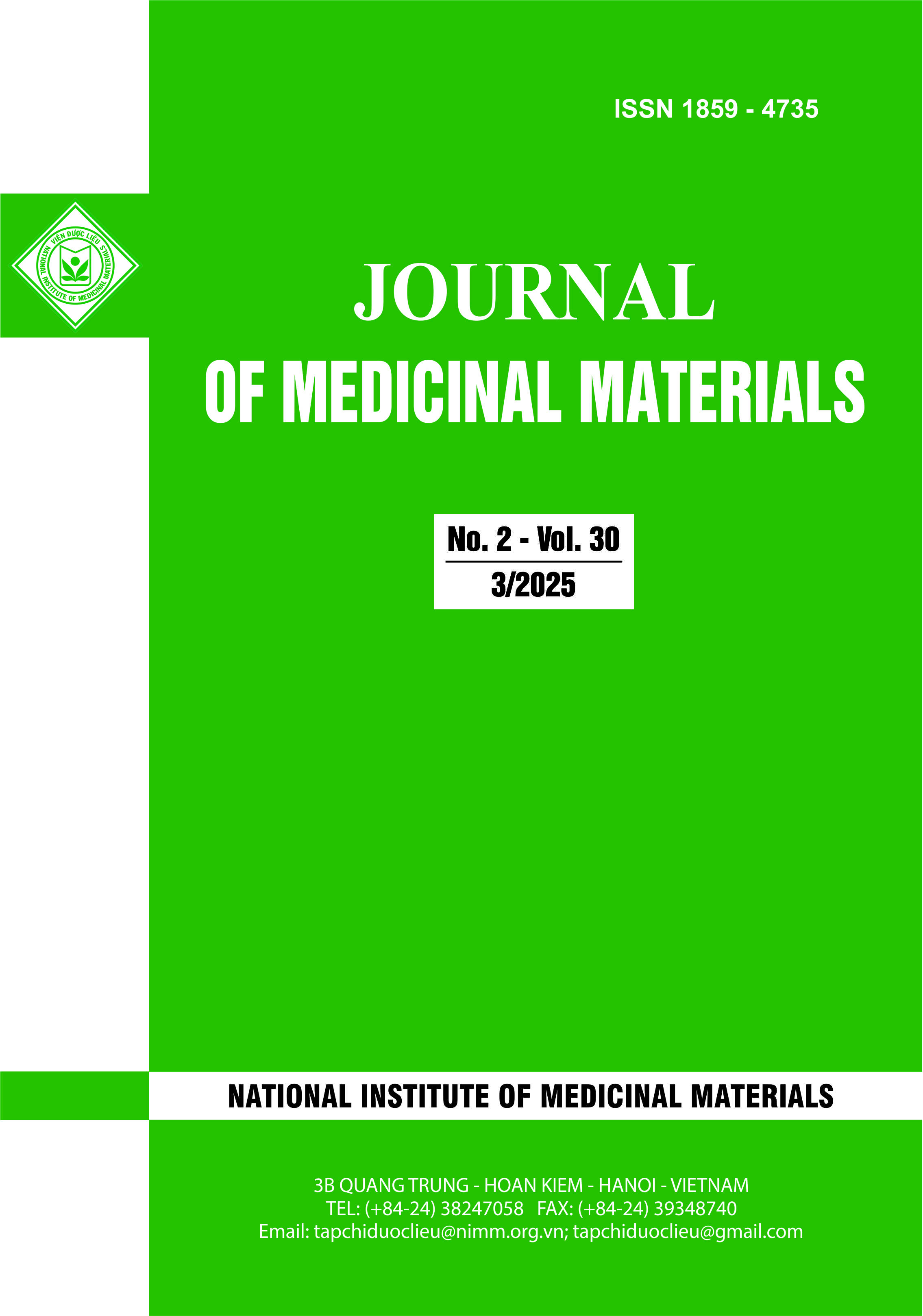
Số lượt xem pdf: 0
Đã Xuất bản
Chuyên mục
Cách trích dẫn
TRITERPENOID SAPONINS FROM THE ROOTS OF POLYGALA TENUIFOLIA: IN VITRO AND IN SILICO STUDY OF ACETYLCHOLINESTERASE INHIBITORY ACTIVITIES
DOI:
https://doi.org/10.63240/jmm-nimm.2025.2.108Từ khóa:
Polygala tenuifolia, Triterpenoid saponin, Acetylcholinesterase inhibitionTóm tắt
Polygala tenuifolia, known as Yuan Zhi in traditional Chinese medicine and Viễn Chí in Vietnamese medicine, is renowned for its cognitive-enhancing and anti-inflammatory properties. Phytochemical investigations of its roots have led to the isolation of four oleanane-type triterpenoid saponins (1–4). Using sophisticated analytical techniques, such as electrospray ionization mass spectrometry (ESI-MS) and both 1D and 2D nuclear magnetic resonance (NMR) spectroscopy, the structures of these compounds were elucidated. The identified compounds were polygalasaponin XXVIII (1), onjisaponin B (2), desacylsenegasaponin B (3), and platycodin D (4). The acetylcholinesterase (AChE) inhibitory activities of these compounds were tested, revealing that compound 1 exhibited an IC50 value of 12.3 ± 1.6 μM, which is relatively higher than that of the positive control, tacrine (IC50 = 3.2 ± 1.8 μM). To further investigate the underlying mechanisms of AChE inhibition, molecular docking studies were performed. These findings validate the potential of P. tenuifolia as an AChE inhibitor through its triterpenoid saponin constituents. However, in vivo studies are crucial to confirm its therapeutic potential and explore its clinical applications.


